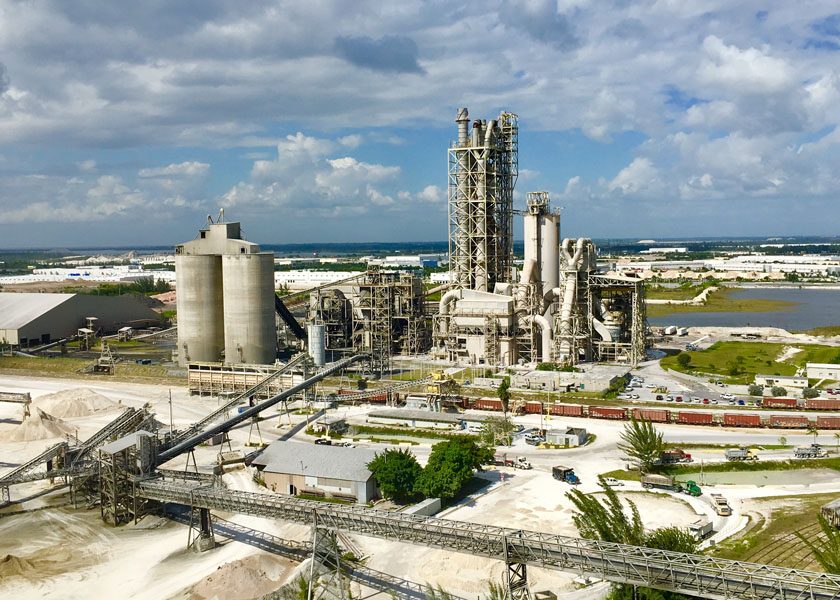Late last month, LafargeHolcim took out an advertisement in the Albany Times Union declaring while it had discussed a disposal plan with Mustang Renewable Power Ventures for its Ravena, N.Y., cement plant, there was never any agreement between the two companies.
The head of California-based Mustang, which this summer named Lafarge as part of a proposal filed with the Connecticut Department of Energy and Environmental Protection (DEEP), also confirmed that it was no longer in discussions with Lafarge, reported the newspaper.
Opponents of the plan to bring Connecticut municipal garbage for burning at the cement plant cautiously welcomed the news but now seek specific written assurances that LafargeHolcim won’t ever again consider proposals to use waste as fuel.
“We would like to see a written pledge that Lafarge will never burn any kind of waste in the cement kiln,” said Judith Enck, a former regional administrator for the U.S. Environmental Protection Agency during a press conference at Coeymans Town Hall.
She was joined by officials from Albany County, the town, and the village of Ravena in condemning the plan by Mustang to bring some of the garbage now being burned in a regional incinerator near Hartford, Conn., to Lafarge’s high-temperature cement kiln.
“I am willing to take Lafarge at their word,” said Coeymans Town Council member Tom Dolan. But he also said the town will examine adopting a new local law to prevent the importation or burning of garbage in order to “put through the protections for the next time we have to go down this road.”
Enck also asked Lafarge to release any correspondence it may have filed with Connecticut officials that expressed support for the Mustang project, and for Lafarge to write a letter to DEEP officially withdrawing from the project.
The current state air pollution permit allows the company to burn natural gas, coal, coke or fuel oil as fuel in its kiln. Alternative fuels are allowed, but must be reviewed by the state Department of Environmental Conservation.
Lafarge has not applied to DEC for permission to use any alternative fuels.
This summer, the company began using its new $300 million kiln system, which is designed to emit less air pollution and use less water than the old kiln.



